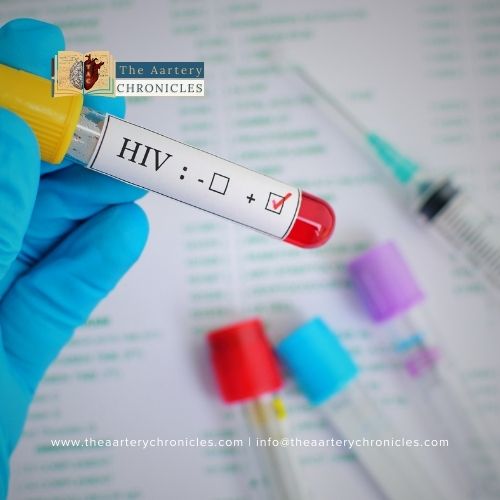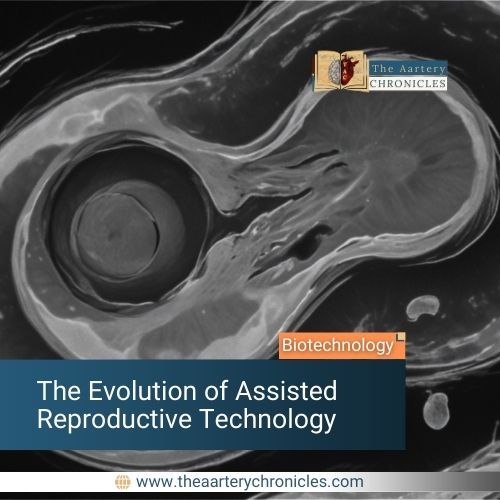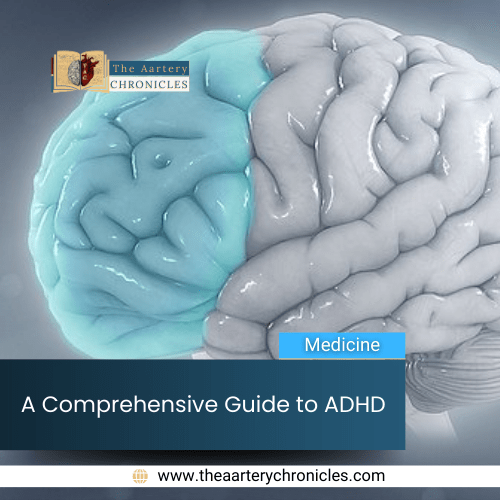
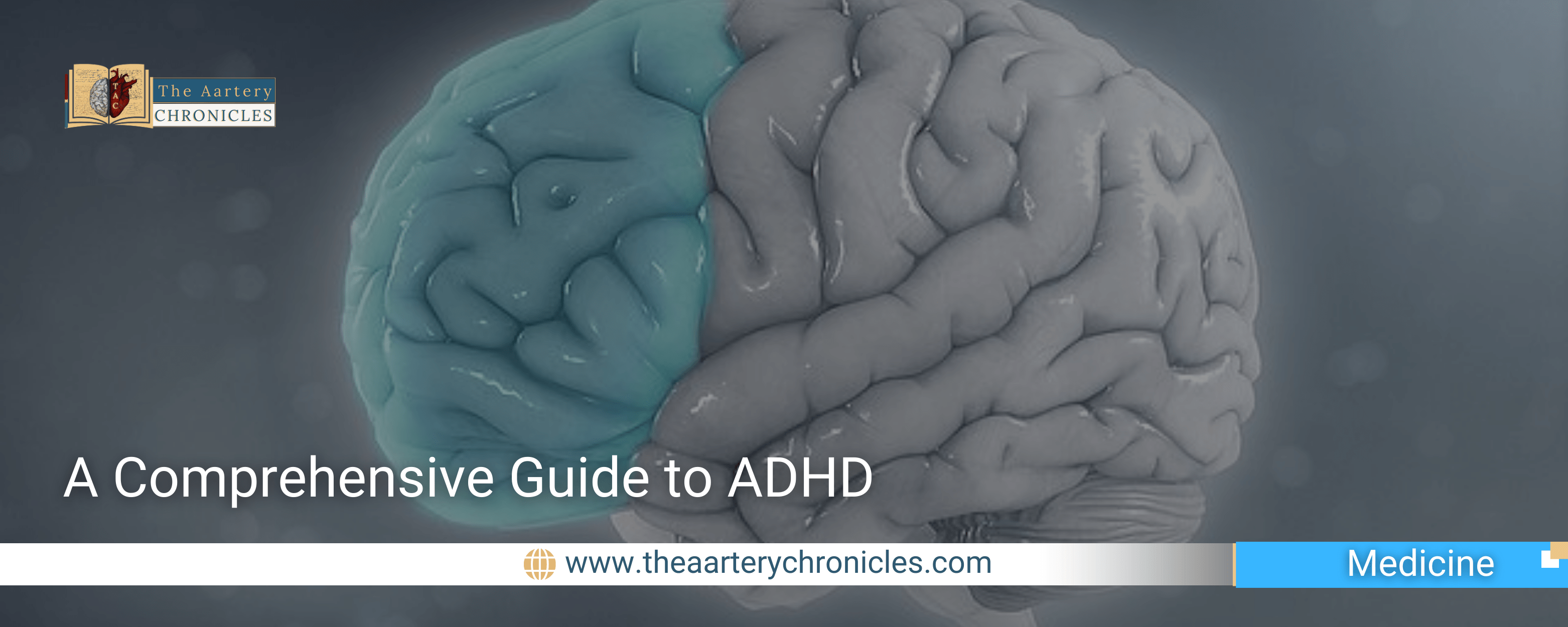
A Comprehensive Guide to ADHD (Attention-Deficit/Hyperactivity Disorder)
Introduction
Attention deficit hyperactivity disorder (ADHD) is a mental health condition characterised by persistent patterns of inattention, hyperactivity, and impulsivity that significantly disrupt daily life. As one of the most prevalent childhood neuro-developmental disorders, ADHD begins during the developmental period and affects brain function. Neurodevelopment pertains to the manner in which the brain grows and matures. [1]
Approximately 5% of school-aged children are affected by ADHD. Additionally, adults can also be diagnosed with this condition, and about two-thirds of children with ADHD continue to experience symptoms into adulthood. [2]
This article aims to provide a comprehensive overview of ADHD, including its symptoms, causes, diagnosis, and treatment options.
Different Types of ADHD and Their Symptoms
ADHD symptoms are generally categorised into two main types: inattention and hyperactivity-impulsivity. Some individuals may exhibit symptoms predominantly from one category, while others may experience a combination of both.
Inattentive Presentation
Individuals with a primarily inattentive form of ADHD experience challenges with attention and concentration, potentially leading to a tendency to disregard details or complete tasks. Symptoms exhibited by individuals with inattentive presentation include:
- Struggling to stay focused while listening, reading, or conversing
- Finding it challenging to organize the daily routine and tasks
- Frequently misplacing items
- Being easily sidetracked by minor distractions around them
- Displaying avoidance or reluctance to participate in tasks demanding sustained mental effort
- Appearing not to listen when spoken to, as if their mind is elsewhere
Hyperactive-Impulsive Presentation
Individuals with this type of ADHD may appear to possess abundant energy, be easily excitable, impulsive, or have difficulty remaining seated. Symptoms exhibited by individuals with hyperactive-impulsive presentation include:
- Moving hands or feet restlessly or squirming in one’s seat
- Inability to stay seated (in classrooms or the workplace)
- Frequently interrupting or intruding on others
- Talking excessively
- Difficulty playing or engaging in leisure activities quietly
- Difficulty waiting their turn
- Always being “on the go” or acting as if “driven by a motor”
Combined Presentation
Individuals with ADHD displaying characteristics from both presentations are diagnosed with a combined presentation. They may demonstrate both inattentive and hyperactive symptoms. [3, 4]
What Causes ADHD?
The exact causes of ADHD are not fully understood, but research indicates that a combination of genetic, environmental, and neurological factors plays a significant role.
- Genetic predisposition
- Environmental factors, such as prenatal exposure to lead
- Substance use during pregnancy
- Brain injury
- Premature delivery or low birth weight [1]
Conditions Coexisting with ADHD
While ADHD itself doesn’t cause additional psychological or developmental issues, it frequently coexists with other disorders, complicating treatment. These disorders include:
- Mood disorders: Many adults diagnosed with ADHD also experience depression, bipolar disorder, or other mood disorders. While these mood issues may not directly stem from ADHD, the repeated challenges and frustrations associated with ADHD can exacerbate depression.
- Anxiety Disorders: Anxiety disorders are prevalent among adults with ADHD. These disorders can lead to intense worry, nervousness, and various other symptoms. The challenges and setbacks resulting from ADHD can exacerbate anxiety.
- Psychiatric Disorders: Adults diagnosed with ADHD face a heightened risk of developing other psychiatric disorders, including personality disorders, intermittent explosive disorder, and substance use disorders.
- Learning disabilities: Adults with ADHD might achieve lower scores on academic assessments compared to what would typically be anticipated based on their age, intelligence, and educational background. Learning disabilities may involve difficulties with comprehension and communication. [6]
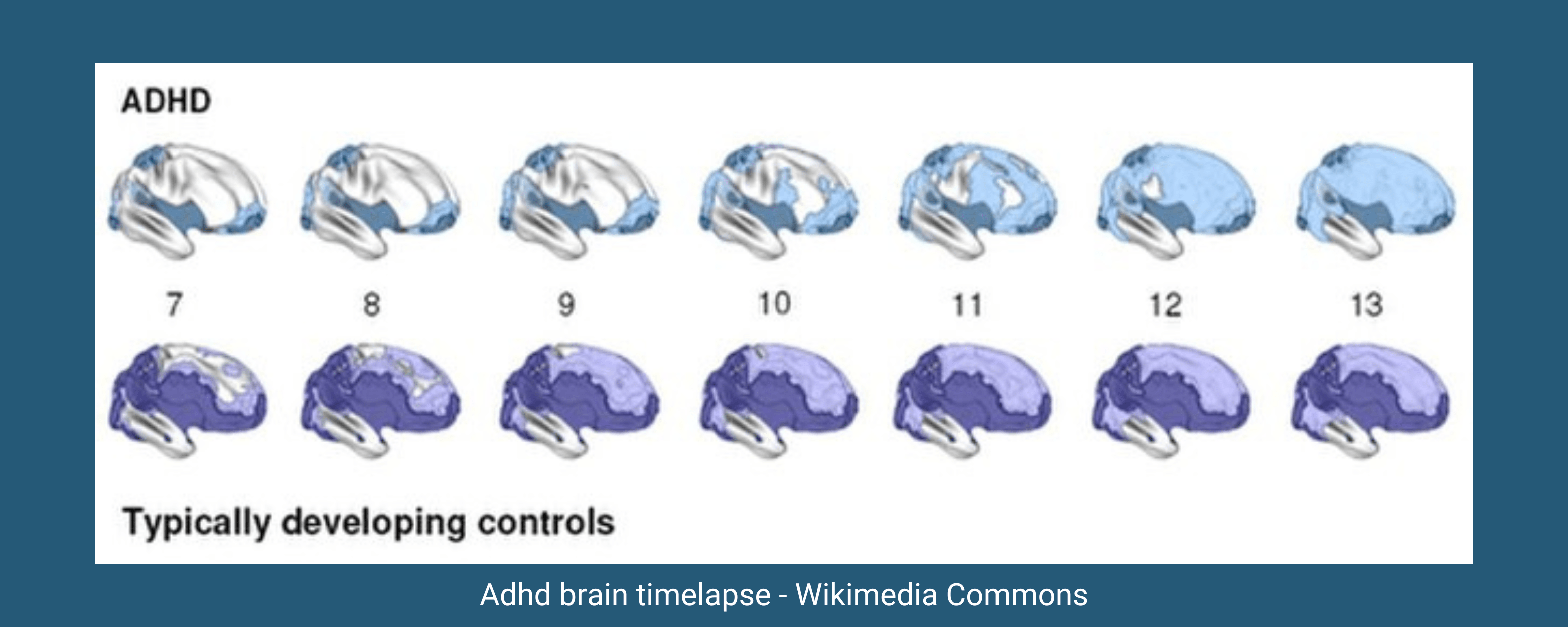
How is ADHD diagnosed?
If a parent is concerned that their child may have ADHD, the first step is to schedule an appointment with a healthcare provider. The child’s pediatrician or another specialist can assess for ADHD using guidelines developed by the American Academy of Pediatrics, which are designed for children ages 4 to 17. Diagnosing ADHD in children under 4 is challenging due to their rapid development and natural tendencies towards high activity and inattention. In teenagers, other conditions like depression or anxiety can make diagnosis more difficult.
No single test can confirm an ADHD diagnosis. The diagnostic process typically includes:
- A physical exam to rule out other possible causes of your symptoms
- Information gathering, involving questions about current medical issues, personal and family medical history, and history of symptoms
- ADHD rating scales or psychological tests to collect and evaluate information about your symptoms [5]
Treatment and Management Strategies for ADHD
ADHD treatment often involves a multimodal approach, including medication, behavioural therapy, and lifestyle modifications. Behavior-based interventions with parental involvement are typically the initial approach for children aged 4 and 5 years old before considering medication.
Medication
Stimulants: Stimulants are the most commonly prescribed medications for ADHD and include drugs like methylphenidate and amphetamine-based stimulants. They work by increasing levels of certain neurotransmitters in the brain, which helps improve attention and focus.
Non-stimulants: Non-stimulant ADHD medications can be considered when stimulant medications are ineffective or cause troublesome side effects. [7, 8]
Behavioral Therapy
For children under 13, providers suggest parent training in behavior management. For adolescents, they recommend behavioral therapies such as social skills training or executive function training. Behavioral therapy aims to reinforce positive behaviors and reduce unwanted behaviors, while executive function training focuses on enhancing organizational skills and self-monitoring. [5]
Lifestyle Modifications
Diet and nutrition: Adopting healthy eating habits, such as consuming plenty of fruits, vegetables, whole grains, and lean protein, can support overall brain health.
Exercise: Engaging in daily physical activity appropriate for one’s age can improve concentration and reduce symptoms of hyperactivity and impulsivity.
Sleep: Ensuring the recommended amount of sleep each night according to age is crucial for managing ADHD symptoms.
Manage screen time: Reducing daily screen time from TVs, computers, phones, and other electronic devices. [1]
Tips for Coping with ADHD
For individuals with ADHD, maintaining a consistent, structured schedule and clear expectations can be beneficial. For adults, staying organized is crucial. Strategies include:
- Making lists
- Keeping a calendar
- Setting reminders
For children, it’s helpful to write down homework assignments and keep everyday items like toys and backpacks in designated spots.
Conclusion
ADHD is a neurodevelopmental condition that impacts individuals across childhood, adolescence, and adulthood. The three types of ADHD are inattentive, hyperactive-impulsive, and combined presentation. The symptoms of ADHD vary by type and can change over time. Although the exact cause of ADHD is unknown, genetics may contribute to its development. ADHD is a complex disorder that can pose significant challenges, but with the right strategies and support, individuals with ADHD can lead successful and fulfilling lives. Early diagnosis, a comprehensive treatment plan, and a supportive environment are key to managing ADHD effectively. If you or a loved one is experiencing symptoms of ADHD, seeking professional help is the first step towards understanding and managing this condition.
- About Attention-Deficit / Hyperactivity Disorder (ADHD) | Attention-Deficit / Hyperactivity Disorder (ADHD) | CDC
- About ADHD - Symptoms, Causes and Treatment - CHADD
- Symptoms of ADHD | Attention-Deficit / Hyperactivity Disorder (ADHD) | CDC
- org - What is ADHD?
- Attention-Deficit/Hyperactivity Disorder (ADHD) (clevelandclinic.org)
- Adult attention-deficit/hyperactivity disorder (ADHD) - Symptoms and causes - Mayo Clinic
- Adult attention-deficit/hyperactivity disorder (ADHD) - Diagnosis and treatment - Mayo Clinic
- Common ADHD Medications & Treatments for Children - HealthyChildren.org
ADHD Myth Busting
Myth: ADHD is caused by excessive sugar consumption or prolonged television watching.
Fact: Research does not substantiate the common belief that ADHD is triggered by excessive sugar intake or extensive television viewing. While various factors, such as stressful life events, may exacerbate symptoms, particularly in specific individuals, there isn’t compelling evidence to establish them as the primary causes of ADHD.
ADHD is not caused by:
- Allergies
- Immunizations
- Extended screen time
- Excessive sugar consumption
- Poverty
- Poor parenting or turmoil in the family [1, 5]



